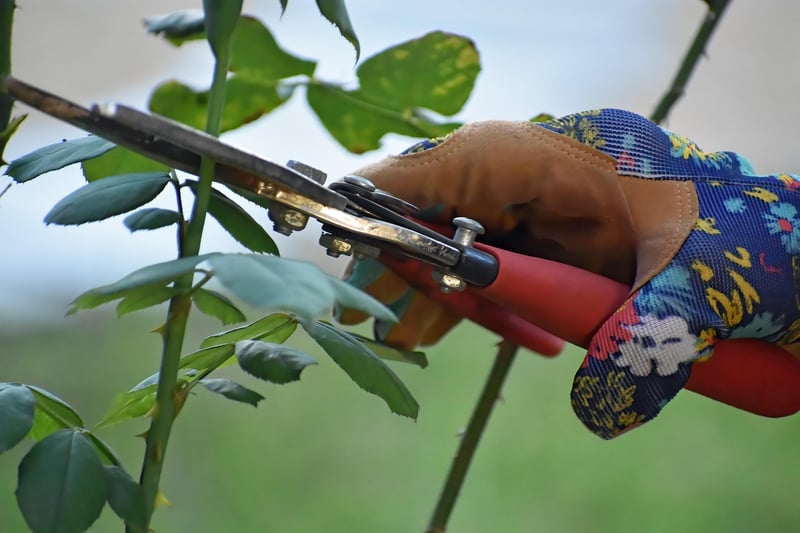Pruning Techniques
Plant Care and Pruning Techniques
Introduction
Welcome to our guide on how to care for your plants and master the art of pruning. Whether you are a novice plant parent or a seasoned gardener, these tips will help you keep your plants healthy and thriving.
Plant Care Tips
Proper plant care is essential for the well-being of your green friends. Here are some tips to help you maintain a lush and vibrant garden:
- Water your plants regularly, ensuring they receive adequate moisture without becoming waterlogged.
- Provide sufficient sunlight based on the plant's specific needs. Some plants thrive in full sun, while others prefer partial shade.
- Use high-quality soil rich in nutrients to support healthy growth.
- Monitor for pests and diseases, and take prompt action to prevent infestations.
- Fertilize your plants periodically to provide them with essential nutrients for robust growth.
- Prune dead or overgrown parts of the plant to promote new growth and maintain its shape.
Pruning Techniques
Pruning is an important aspect of plant care that involves removing specific parts of a plant to improve its health and appearance. Here are some pruning techniques to enhance your gardening skills:
- Deadheading: Remove spent flowers to encourage the plant to produce new blooms and prevent seed formation.
- Thinning: Remove excess branches to improve air circulation and light penetration, promoting overall plant health.
- Heading back: Cut back the tips of branches to stimulate lateral growth and create a bushier plant shape.
- Crown reduction: Reduce the height of a plant by cutting back its upper branches, maintaining a balanced appearance.
Conclusion
By following these plant care tips and mastering pruning techniques, you can ensure that your garden flourishes with healthy and beautiful plants. Remember to tailor your care routine to each plant's specific needs and enjoy the therapeutic benefits of nurturing your green companions.


